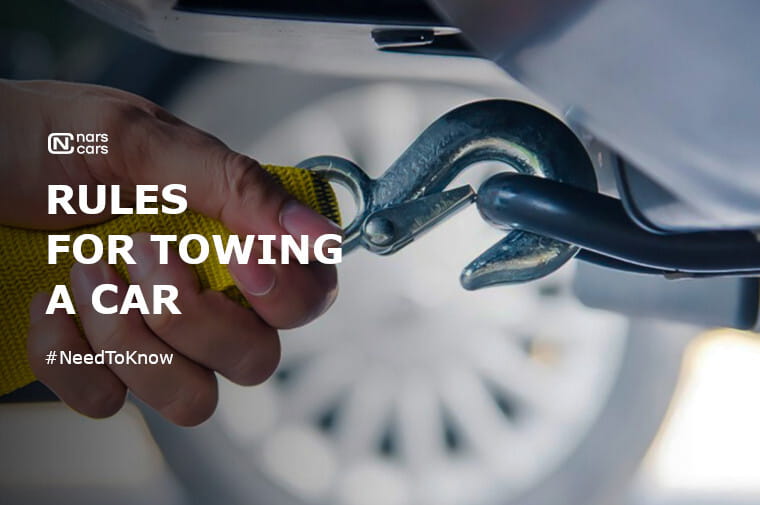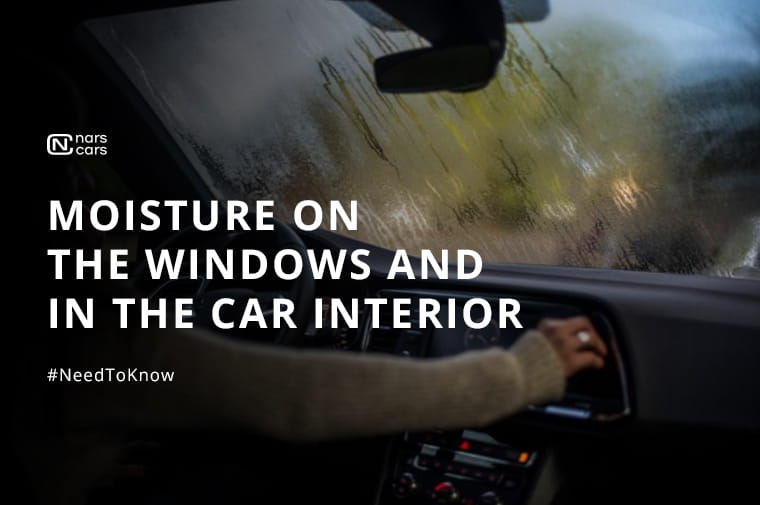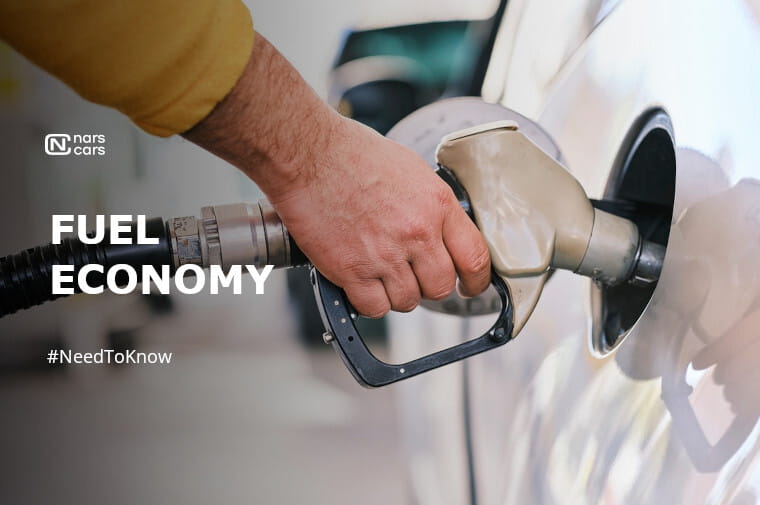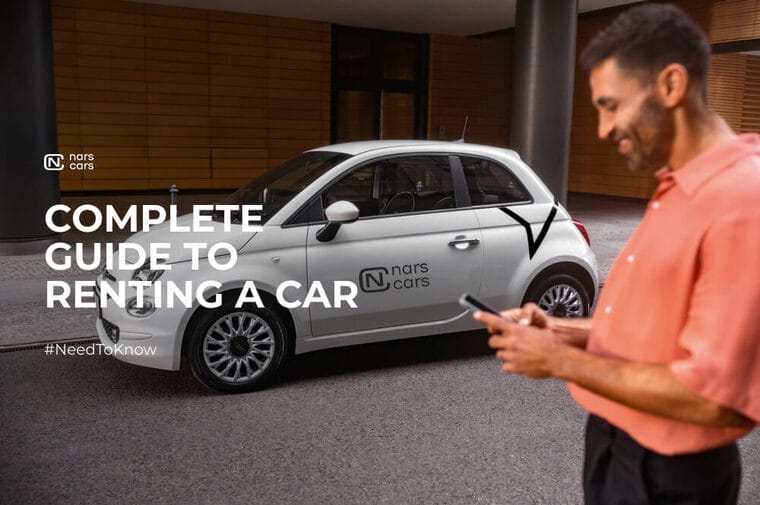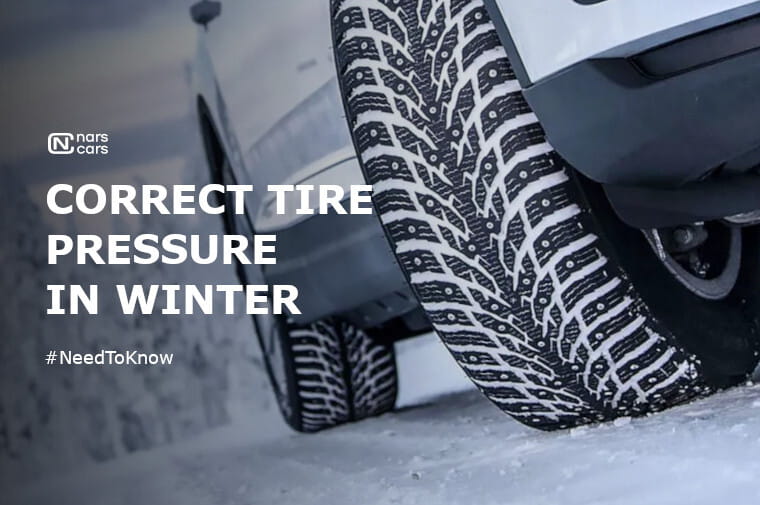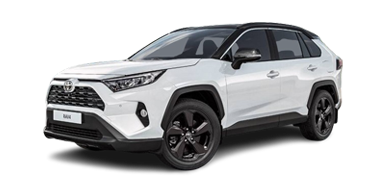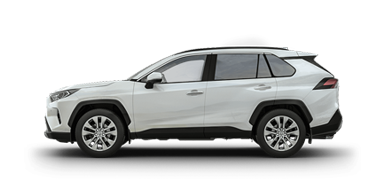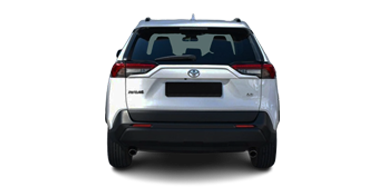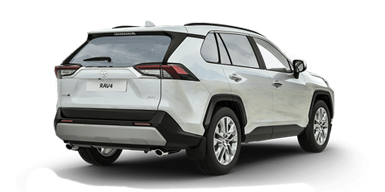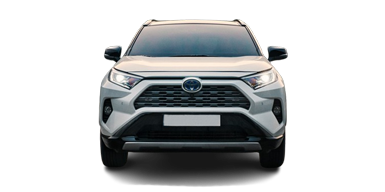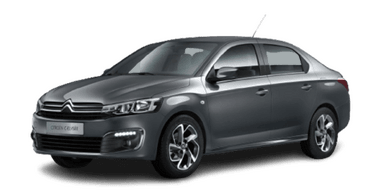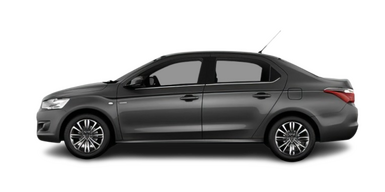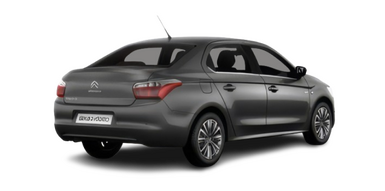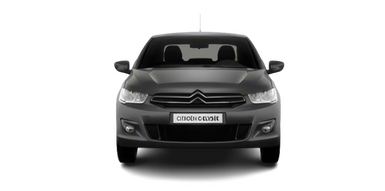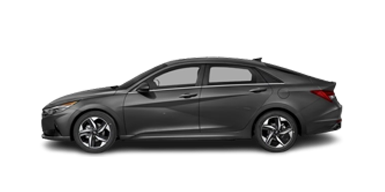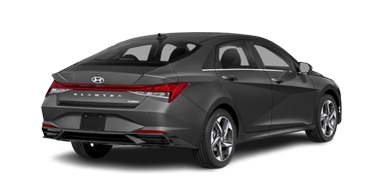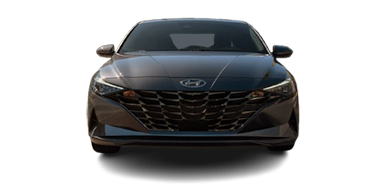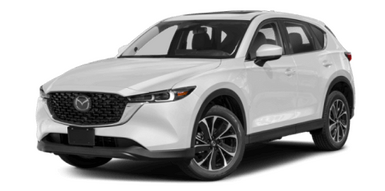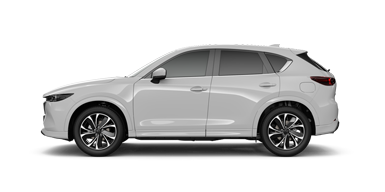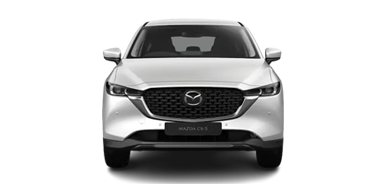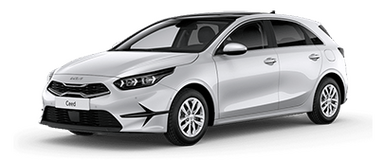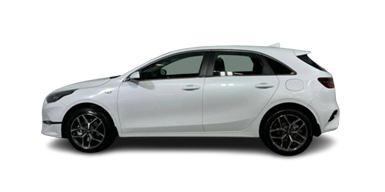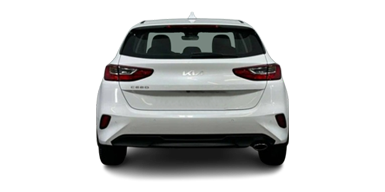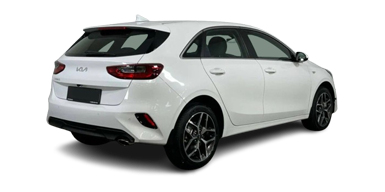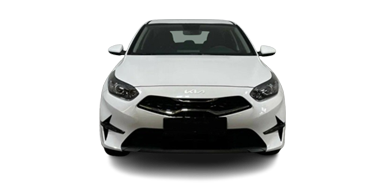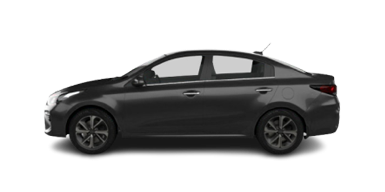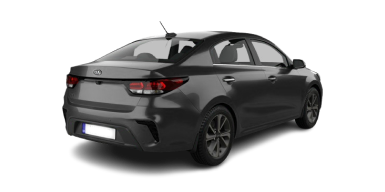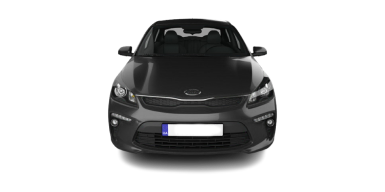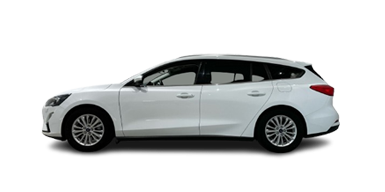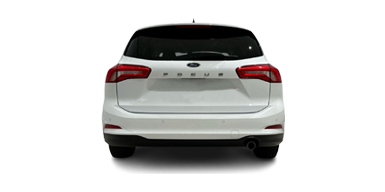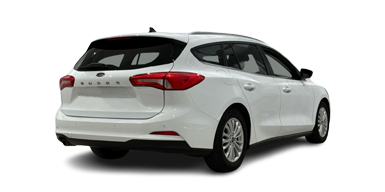No motorist is immune from the fact that his car can break down at the most inopportune moment. There are breakdowns with which the vehicle can reach the service station on its own, in more difficult cases it will have to be towed. What methods of towing a car exist, how to do it according to the rules of the road, and what are the differences in towing a car with a manual and automatic transmission, we will understand in this article.
Towing methods
There are 3 methods of vehicle transportation.
- On a rigid hitch. To tow a car in this way, a special design is needed. Due to its rigidity, this design ensures that a certain distance is maintained between vehicles. The method is mainly used when towing trucks and heavy equipment. Passenger cars are rarely towed like this, since their towing eyes cannot withstand a rigid hitch and will quickly break off from regular jerks.
- With partial loading. Cars with faulty brakes or steering are transported in this way. There must be no people in the towed vehicle and on the platform of the tow. This method is preferred when towing a vehicle with an automatic transmission.
- On a flexible hitch. From a technical point of view, this is the most affordable method of towing. Done with a rope. From the motorist, the method requires a certain skill and experience in driving.
There is also a full load towing method, in which the car is fully installed on the platform. This method is no longer related to towing, but to transporting cars. It is the safest, but quite expensive.
Basic rules for towing a car according to traffic rules
When a car is towed on a flexible hitch, the driver who is in it is a full-fledged participant in the traffic on the road. It must have all the documents necessary for driving a vehicle, and the car itself must have license plates. Also, the car towed on a cable must have working brakes and steering. With a rigid hitch, only the steering can be serviceable. In both cases, when transporting the car, people can be in it, and when partially loaded, the car must be completely empty.
There are certain rules for towing vehicles:
- on the towed vehicle, the dipped headlights and the emergency gang must be switched on;
- towing is carried out at a speed of no more than 50 km/h;
- the length of the rigid hitch can be a maximum of 4 m;
- the length of the flexible hitch can be 4-6 m. To mark the tow rope, additional signs in the form of signal boards or flags 20x20 cm in size in a red and white diagonal stripe should be used. Such signs cling through every meter of the cable.
There are certain prohibitions regarding towing:
- the flexible hitch must not be used during icy conditions or when towing on mountain roads;
- towing cannot be carried out by a car, half of the actual mass of which is less than the actual weight of the towed vehicle;
- it is impossible to carry out towing if the length of coupled vehicles is more than 22 m (regulations allow a maximum length of 30 m for route cars);
- it is not allowed to tow several cars or a car with a trailer at the same time;
- towing cannot be done by bus.
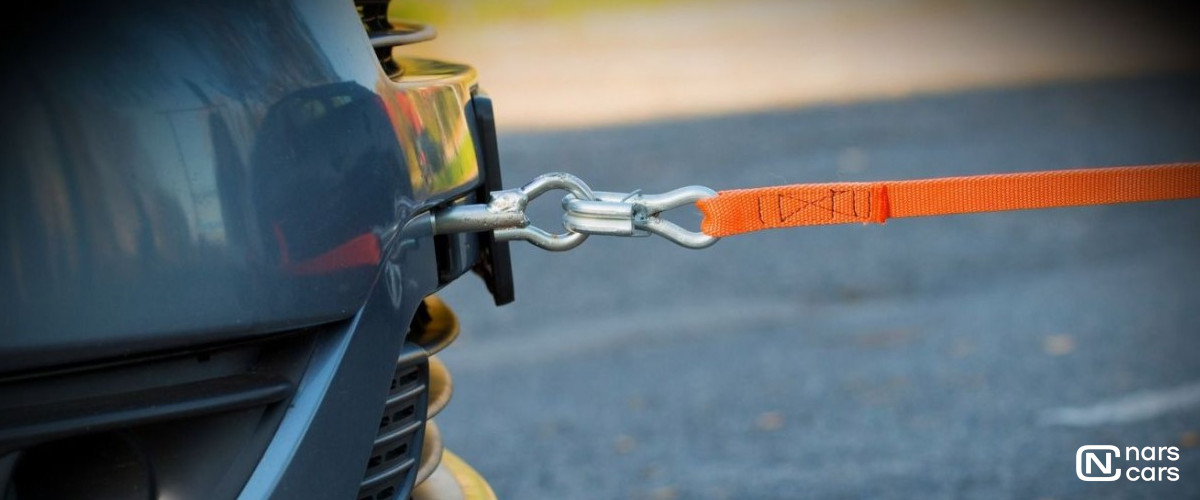
Preparatory stage
For passenger cars, the simplest and most affordable method of transporting a broken vehicle is towing on a flexible hitch. The main tool in this case is the cable. It must be reliable, strong, without mechanical damage. It should not have tears or cracks.
Before use, it is necessary to check for damage the weakest member of the cable - metal hooks, connections, attachment points and seams. Particular attention should be paid to flat hooks made of sheet steel. They often unbend at the most crucial moment. When buying a cable, it is better to pay attention to models with a reliable latch. A good option is a ribbon cable with a solid hook without additional rings at the junction.
The disadvantage of metal cables is that they can damage the car if they break. If the fastening is reliable, then the eye may break out. But until you use the cable in practice, then there is no way to evaluate its reliability.
The cable is attached diagonally. If on the towing car it is fixed at the rear on the right, then on the towed car it is on the front left. If on a towing vehicle it is attached to the rear left, then on a towed vehicle it is attached to the front right, respectively. Diagonal mount reduces jerks and provides a more secure hitch.
Towing drivers should agree on how fast they will be moving and what additional signs they will use to communicate. Here are some popular options:
- the towed car blinked its headlights – I ask you to stop;
- sound signal - pay attention;
- turning on the turn signal - I warn you about the maneuver;
- a few smooth pressures on the brake pedal by the towing car - I warn you about the planned braking, etc.
Rules for towing a car on mechanics and automation
The towing vehicle must turn on the dipped headlights, and the towed vehicle must turn on the hazard warning lights. You need to move off very smoothly, so that the cable is slightly stretched at first. Due to a strong jerk, the following troubles can occur:
- the cable breaks;
- the towing bracket breaks;
- the car will stall;
- the suspension will be damaged.
The towing process must take place at a speed of no more than 50 km / h. In this case, the cable must be constantly taut. The degree of cable tension must be controlled by the driver in the towed car.
Not only starting off should be smooth. You need to smoothly accelerate and brake, but you need to change gears as quickly as possible. Before climbing, a downshift is performed. You don't have to change gears on a hill.
Turns should be made with the widest possible arc width. Rebuilding should be carried out with a margin. To ensure the best view, the driver of the towed vehicle should move as close to the center of the road as possible.
Before the trip, it is important to think over the route. There should be as few left turns as possible on the towing path, as they are technically more difficult to make and require crossing lanes with oncoming traffic.
The braking process must be started by the driver of the towed vehicle after receiving a signal from the driver of the leading vehicle.
It is recommended to tow a car with an automatic transmission or with a variator not on a flexible hitch, but by partially loading the drive axle. A flexible hitch has a devastating effect on the gearbox, but if there is no other way out, you need to switch the selector to the “neutral” position and drive at a maximum speed of 30 km / h, but not more than 40 km. Machines with a CVT can only be towed by partial or full loading.
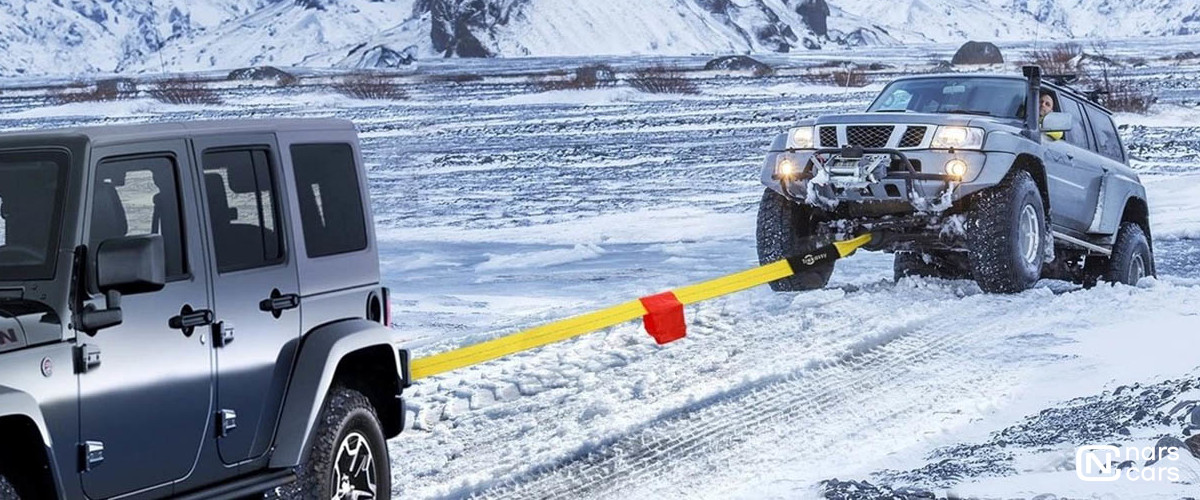
Towing advice
For successful towing of the car, use the following recommendations:
- attach the cable only to structures intended for this purpose;
- if the cable gets under the wheel of the car, move it manually, do not try to release the cable by jerks and jerks;
- tow the car with a taut cable, move without jerks and sudden braking, keep a constant distance.
Be prepared for the fact that towing requires effort and maximum concentration.
If your car breaks down and you have it towed for repairs, we recommend that you rent another car. This will help you stay mobile and not waste time waiting for repair results. Favorable and reliable car rental in Ukraine is offered by Narscars. Modern models of cars of any brands and modifications are available for rent. If you have towed your car to a service station, you can rent Renault Logan II, KIA Sportage, Volkswagen Polo, Hyundai Solaris, Toyota Camry. Any of these cars will be able to provide you with the most comfortable waiting for your car to be repaired.
